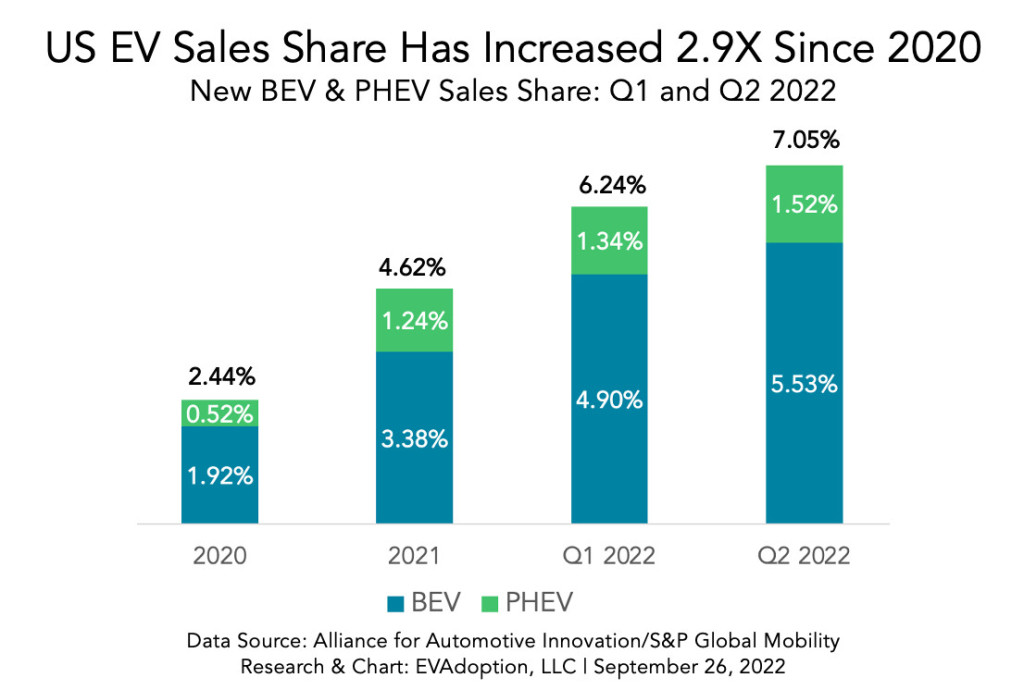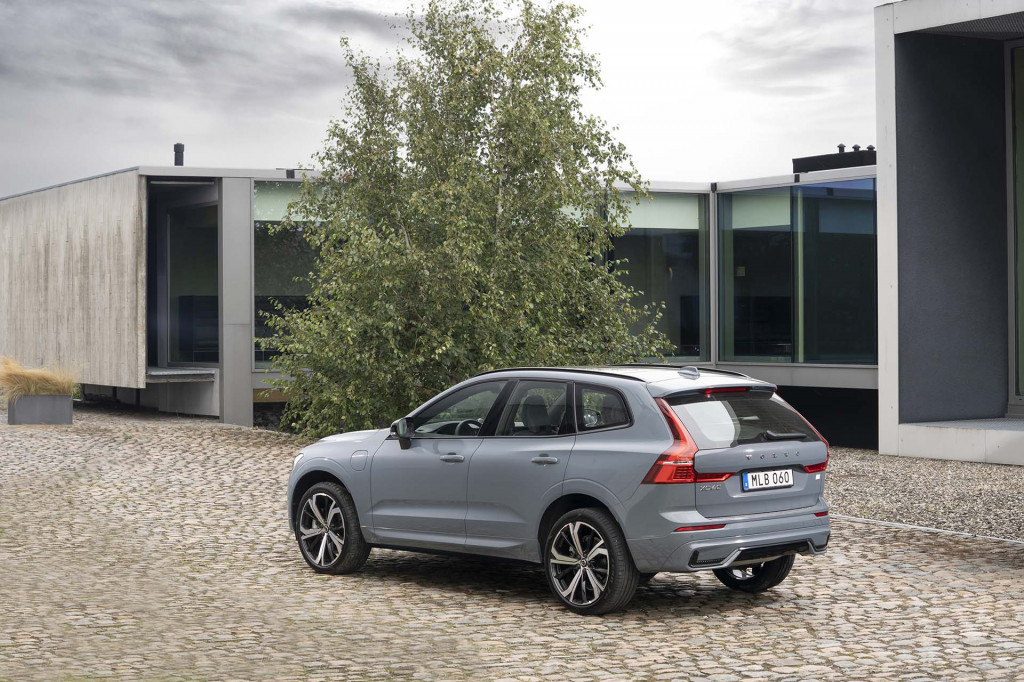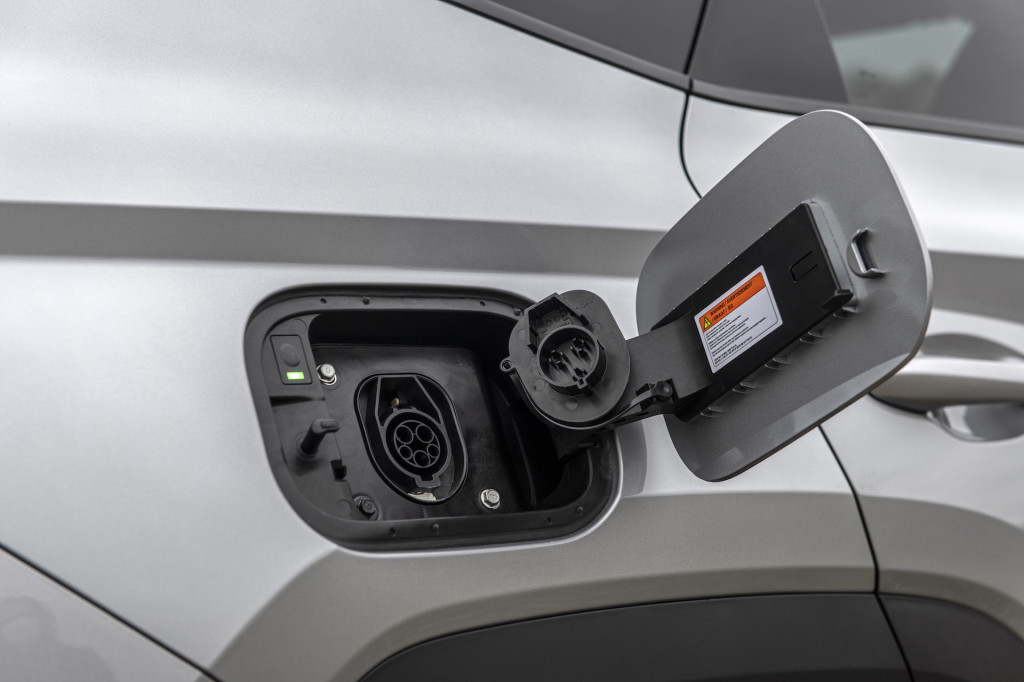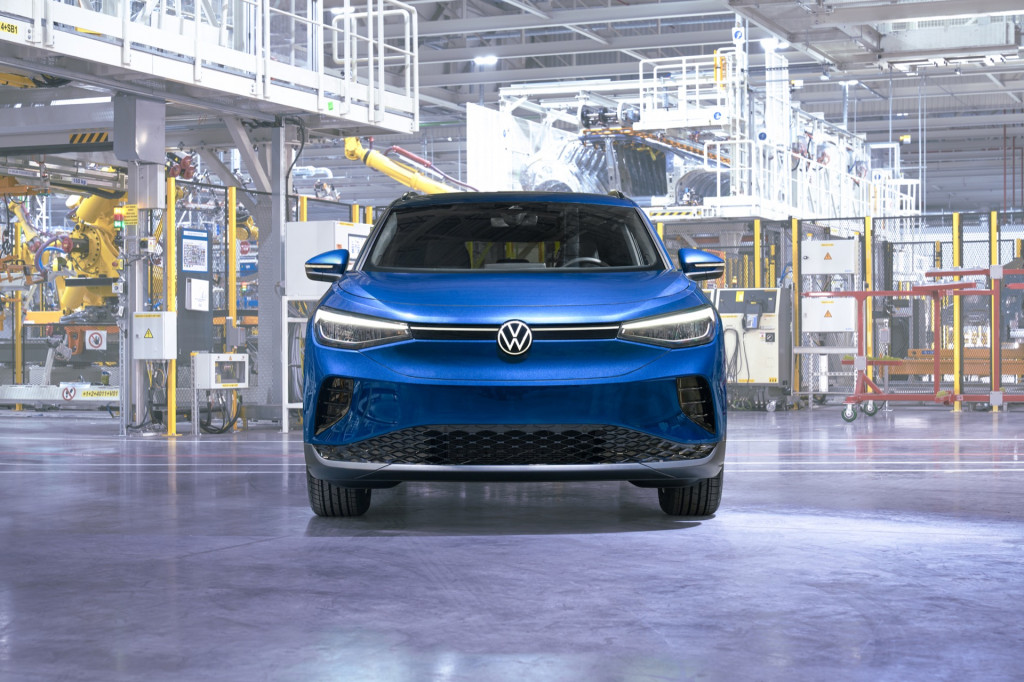PHEVs are no longer an undisputed choice over hybrids

Plug-in hybrids are a great way to adapt to the electric car future without having to depend on it, cold turkey. Those considering plug-in hybrid models this year have some better product choices than in previous years — with longer electric ranges, better drivability and additional off-road capabilities.
Suddenly, however, few of them make much more financial sense than hybrids, given the sudden loss of federal EV tax credits for many of the market’s PHEVs after President Biden signed the Inflation Reduction Act (IRA).

2021 Jeep Wrangler 4xe
Improved credit under IRA, called Clean Car CreditApplicable to plug-in hybrids and EVs only Made in America. And with the exception of some PHEVs from Chrysler, Ford, Jeep and Lincoln, along with a few other select models from Audi, BMW and Volvo, EV Tax Credit Eligibility has been drastically reduced.
Make your calculations for cost, fuel, electricity
Until recently, plug-in hybrids were a smart choice if you value low running costs and best overall value — while maximizing battery resources and, in most cases, the choice. choose greener than hybrid.
Loren McDonald, founder and principal analyst of consulting firm EVAdoption, takes the Kia Niro Plug-In Hybrid as an example. It was previously eligible for a $4,585 tax credit, almost negating the $4,900 price difference with the Niro Hybrid. But now? Well, that depends on whether you’re still eligible for state or even local incentives that apply to plug-in hybrids.
“Choosing a PHEV version may be a no-brainer for many buyers,” McDonald noted, adding in state and utility incentives, plus lower fuel costs, but now it will require more consideration.
While it’s certainly too early to tell based on market data, there could be cases where potential buyers come back and get a hybrid product instead.

US EV and PHEV sales market share – EVAdoption
PHEVs have grown steadily alongside EVs over the past few years. And while EVs appear to be locked into a fast uptrend line, there is no long-term prognosis for PHEVs. As of July – before the IRA passed – S&P projected that by 2030, only 5% of new US car sales will be hybrids, while 47% of vehicles will be all-electric. This is up from the 1.5% PHEV and 5.5% EV predicted by EV Adoption for Q2 2022.
No tax credits, but PHEV sticker prices go up?
There have been a few plug-in hybrid market launches in recent weeks, and the pricing decisions come as a bit of a surprise. Despite the loss of tax credits, these prices on new non-qualified PHEVs have increased compared to previous eligible PHEVs.
Mitsubishi confirmed one such example last week. Its 2023 Outlander Plug-In Hybrid will start at $41,190, including the required $1,345 destination fee. Sticker prices increased by nearly $3,000, from $38,240 for 2022.
For most household shoppers, the Outlander PHEV is up more than $9,500 over last year. The Outlander PHEV used to qualify for a federal EV tax credit — an amount of $6,587 based on its battery capacity. The 2023 version, with the larger 20 kWh battery pack, will be eligible for the full $7,500 if it is brought to market before the August 16 signing date.

2023 Mitsubishi Outlander Plug-In Hybrid
As we reported in a First time driving Outlander PHEV, this model’s larger battery, more powerful electric motor, and extended all-electric operation provide this model’s 38 miles of all-electric operation along with seamless switching between local power sources. hybrid mode. It represents the best technology from the Japanese brand and is a powerful alternative to Toyota RAV4 Primepreferably that car has an extra row of seats.
Kia too, since the tax credit collapsed, its base price has increased Sorento Plug-In Hybrid an increase of more than $5,000 for 2023, compared with 2022. That spacious three-row model also qualifies for $6,587 under the EV tax credit, which means the 2023 Sorento PHEV, at $51,185, currently costs about $11,600 more than last year’s model. It’s for a “streamlined” lineup that focuses entirely on top-of-the-line SX-P trim, including all-wheel drive, a suite of driver-assist features and a good AC inverter to power the laptop.
Will more PHEVs be made in the US?
While Stellantis’ Jeep Wrangler 4xe and Chrysler Pacifica Hybrid are two of the best-selling US-made plug-in hybrids for which the EV tax credit still applies, popular Toyota RAV4 Prime buyers and Prius Prime can no longer claim it due to their Japanese assembly.
The loss of the EV tax credit on imported models also includes some of the longest electric range PHEVs, such as all but one of Volvo’s recent rechargeable PHEVs. larger battery pack provided. While XC60 Rechargeable PHEV We drove last year among those counted for assembly in Europe, the Volvo-built Volvo S60 T8 Recharge sedan in South Carolina, with its 41-mile EPA-rated electric speed, the only PHEV. of the company is now eligible.

2022 Volvo XC60 Rechargeable
McDonald’s does not see that the IRA will necessarily cause the shift of more plug-in hybrids from foreign production to American production. That’s because one of the key issues isn’t just whether the potential sales volume can make assembly in the US worthwhile, but whether they can meet the battery and battery requirements. minerals in the future as specified for the Clean Car Credit or not.
“Since they are both selling in substantial numbers (from an electric vehicle perspective) and assembling overseas, they may not believe that moving production to North American plants is worth it,” he said of Toyotas. worth.
Claim 50 miles of California
Furthermore, tighter regulations from California — adopted by at least nine other states — are another factor. They ask PHEV to provide Electric range 50 milesbeginning in model year 2026, to earn the full amount of ZEV credits from the state Air Resources Board.

2023 Hyundai Tucson Plug-In Hybrid
That requirement could be the last mile for automakers, given the number of PHEVs they can produce with larger batteries and added complexity, while adding more fully-powered models. more electric, and it has the potential to sway automakers that are currently so optimistic about PHEVs, like Hyundai and Kia, away from them. They could instead focus on some US-sourced, US-assembled EVs that would qualify and be more cost-effective.
“Some automakers may simply use this requirement as a catalyst to exit the PHEV business and focus on conventional hybrids and full BEVs,” McDonald said.
Market forces can fix this
Michael Fiske, vice president of powertrain forecasting at S&P Global Mobility, thinks market forces around simple supply and demand could limit PHEV growth as a greener possibility for some buyers. shop.
Demand outstrips supply, and next year, Fiske said, increases sticker prices and transaction prices, said Fiske. “These cars are positioned to compete in the current environment, and the current environment is anything but normal,” he said.
“Producers, they have shareholders, and need to maximize their profits, and that’s an easy way to do that,” Fiske added. “There’s no need to try to lower prices to try to attract more buyers because you’re going to sell out no matter what.”
Fiske said in the industry there is a feeling that the market will normalize and prices may need to come back down, but as some producers will be eligible for the new credit and others will not. , so the price will be adjusted differently. As a result, some automakers will decide that plug-in hybrid is a good convertible technology and others are not.
Model lineup will change
How the combination of IRAs and California requirements will affect PHEV plans versus EVs remains to be seen, and that will be a new and different calculation for each company.
“Manufacturers are trying to figure out how to qualify or whether it’s worth it anymore – that’s definitely happening,” Fiske said. “However, we continue to be short on semiconductors and that is playing an important role, along with this overall inflation.”

2023 Volkswagen ID.4
Several automakers, including General Motors and Volkswagen, decided years ago that hybrids weren’t valuable to the US.
With the supply chain arguably much more complex than that of electric vehicles, involving engines, transmissions, battery packs, clutches and many other components, changes in plug-in hybrid production are unlikely to happen. more likely in the near future — consider PHEVs to be less fish-sensitive technology than the bridge to automakers they might have ever expected.
Analysts we polled collectively said that those to watch as this unfolds will be Toyota, Nissan, Hyundai and Kia, all of which are considering at least hybrid models. plug-ins as a transitional technology towards more electric vehicles. With a product cycle of at least three years, it won’t be instantaneous.
Have a little patience?
In today’s market of short supply and overheated demand, a little patience may be required. Pricing that settles to market forces and incentives from the states of California can help align PHEVs back to a position where their operating costs make more sense for more families.
“The IRA, when we look at it as a whole and not because of the current challenges in the market, will have more of an impact on the types of decisions we see consumers making near 2025- 2026, when they could see that Fiske predicted.
So don’t dismiss PHEVs as a good solution to help drivers navigate away from gas stations — but in a year or two, the choice may not be as clear-cut as it initially seems.




